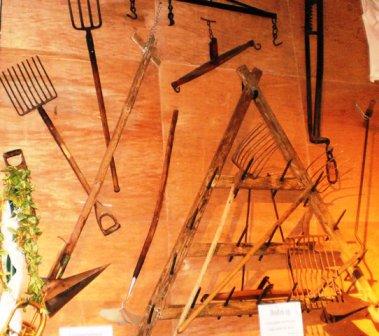Cultivation (from ’wasteland’) refers to replacement of the natural vegetation by crops and regulate the water (irrigation, drainage). This often happens by controlled burning off plots. The ashes contain many minerals and serve as fertilizer.
You can usually read cultivation as: making economically viable.
 After the fire culture (or burning culture) the production of crops was further improved by irrigation, plowing and fertilizing.
After the fire culture (or burning culture) the production of crops was further improved by irrigation, plowing and fertilizing.
In the first domesticated plants prevailed not to diet but the psychoactive substances. Tobacco was cultivated 8,000 years ago by the Indians in South / Americas.
Aborigines had no agriculture, but tobacco of pituri (Duboisia hopwoodii) was harvested through a complex process and dried, and then also traded.
(Aboriginal: from the Latin ab origo, from the beginning. Every community is aboriginal in his own place.)
Smoking may have been experienced by preserve fire in a shell or sleeve and blow it to ignite again for later used. To find the right plants, as they apparently did, they would have experimented a lot.
“Graften” are created by human activity and a natural process on deforested slopes, which are now fields or pastures. The steepness is created by washed up material (colluvium) on the one, and washed away material on the other side. A “graft” is a steep edge or earthen wall parallel to the contour lines in a sloping terrain in South Limburg loess area, raised to combat erosion and therefore planted with trees or bushes.
Contour farming or contour plowing has the same function: instead of the plot boundaries, the contour lines are followed, so that less material rinses.
